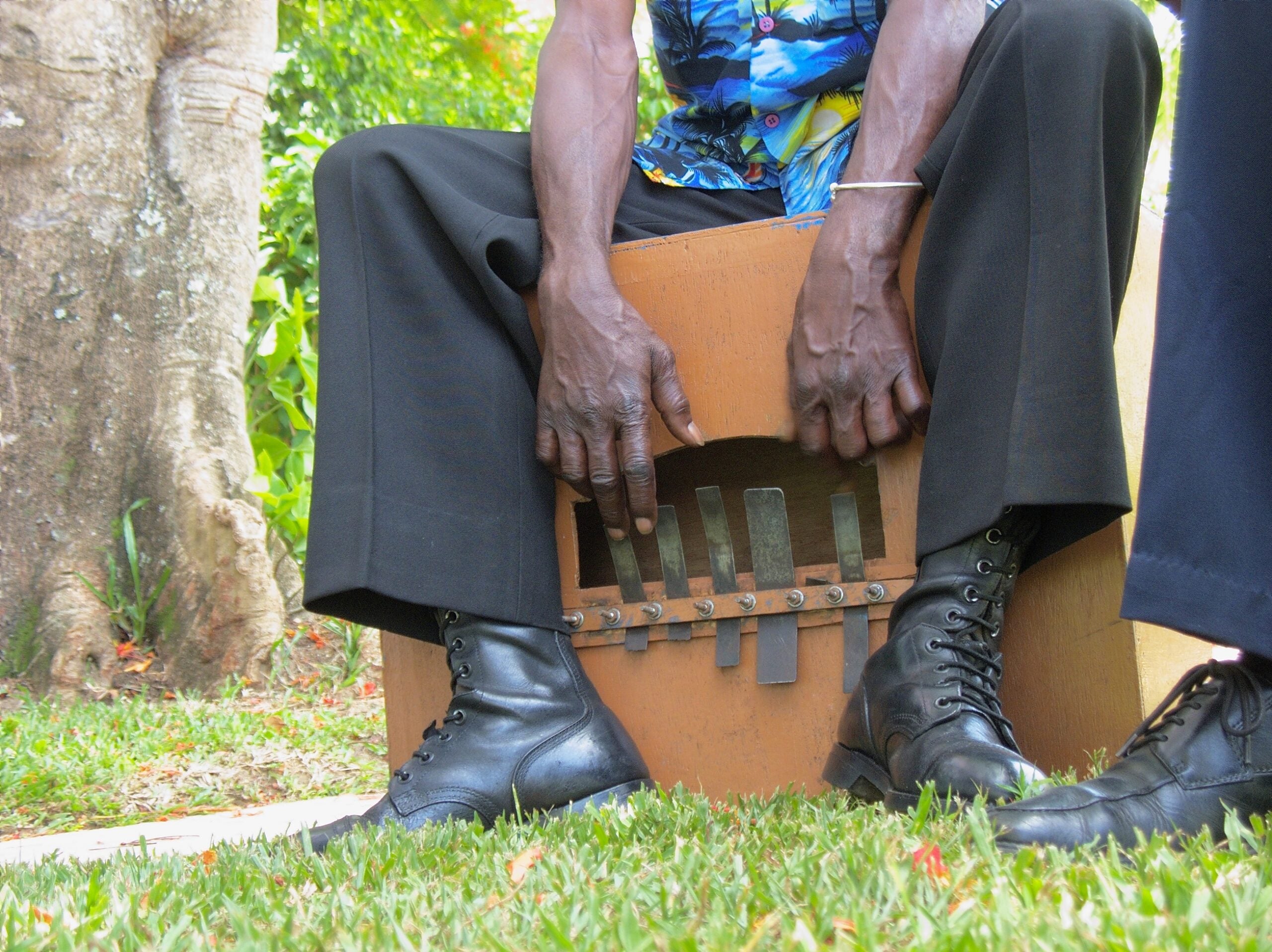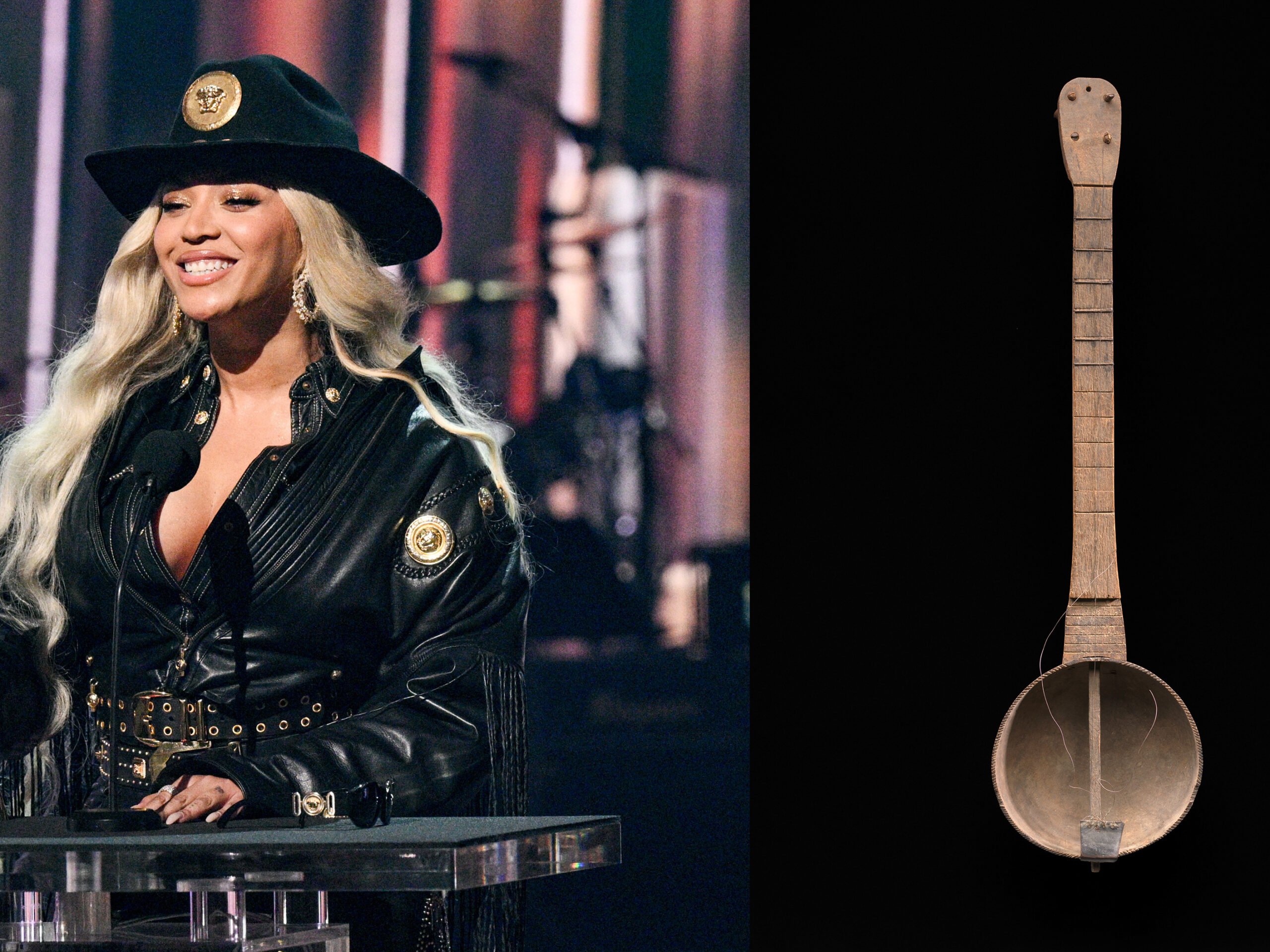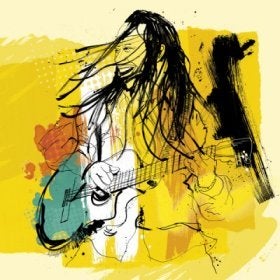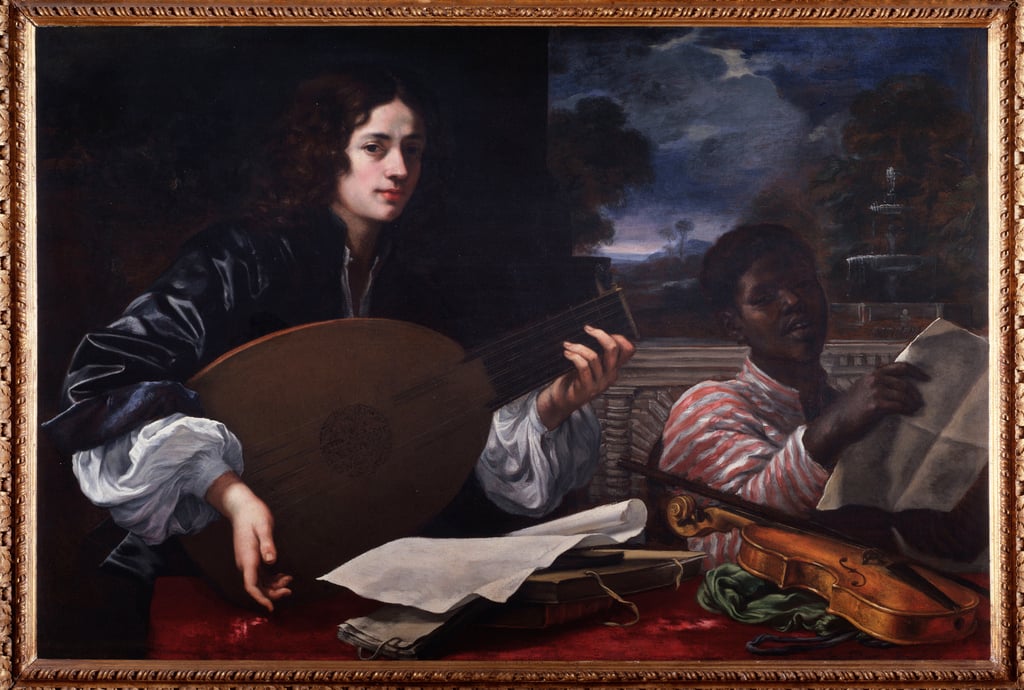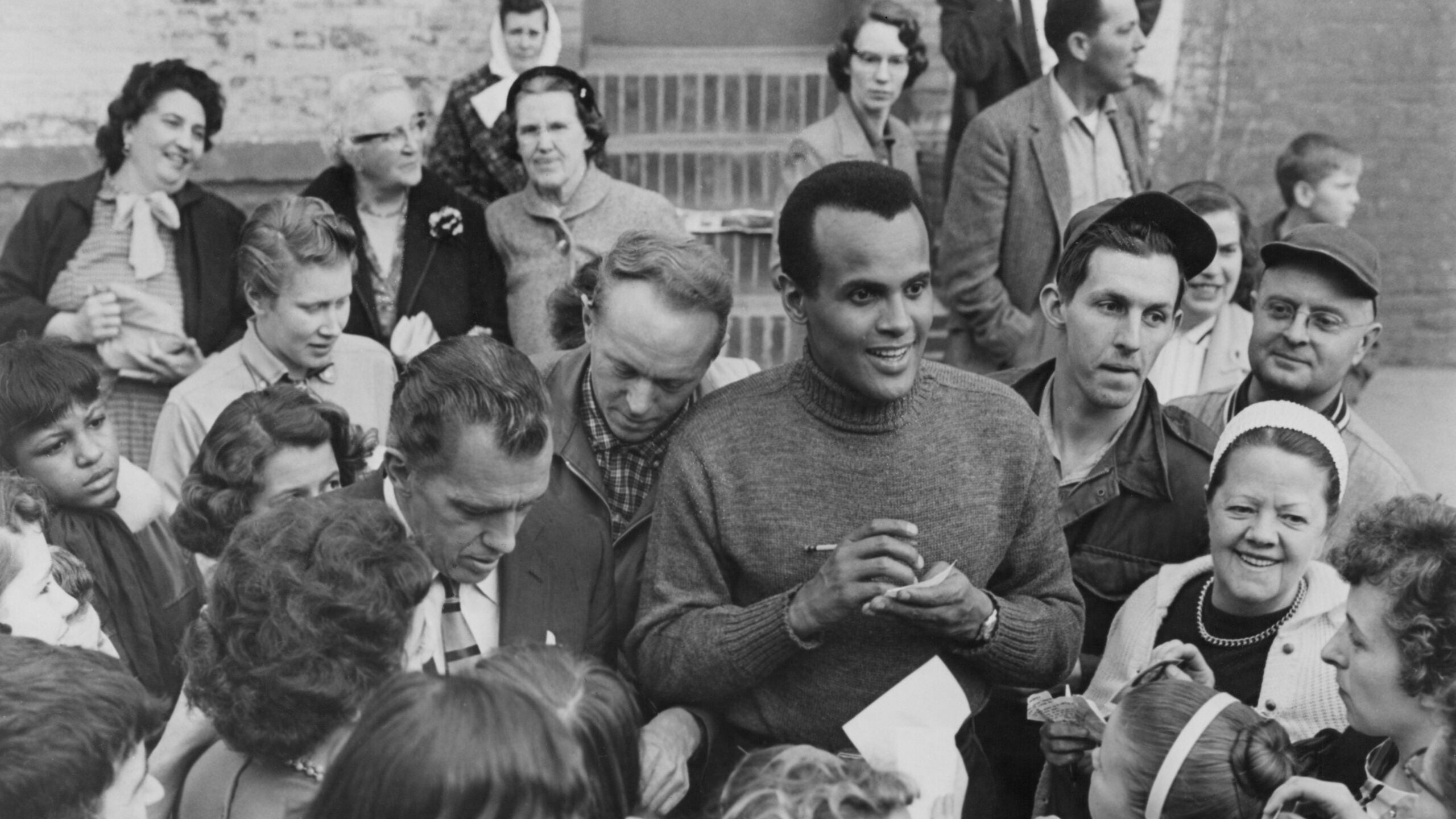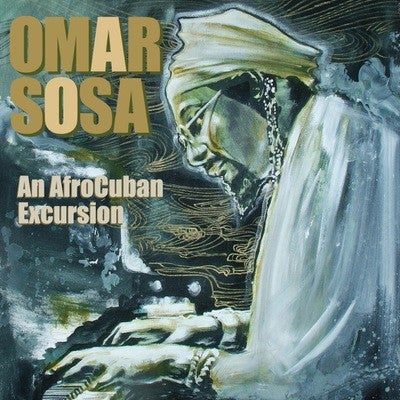While traveling just a few years ago in the Caribbean, I landed on the island of Curaçao in the southern Caribbean Sea. The island is just off the Venezuelan coast – a part of the Dutch Caribbean region.
When and wherever I travel, my first thoughts upon landing usually zero in on finding out where I can hear and purchase music that represents the area. In this case, what I learned about and heard, came from street musicians. And, to my delight I discovered not only music I had never encountered before, but a new box-like instrument the locals call a marimbula.
When I first heard its low and melodious sound drifting through the streets, I though I was hearing an African thumb piano, also called a Kalimba. However, the tone quality was much richer and significantly deeper. Once in front of the street music-making trio represented by a guitar, moroccos and the marimbula, I was astonished to see a man sitting on a large wooden box with a hole on one side plucking large metal tines attached to the side of the box.
Stay informed on the latest news
Sign up for WPR’s email newsletter.
From these street music scholars, I would discover much about the marimbula’s history and place in Caribbean music. Up close I could see its grand size and rectangle shape which sharply resembled the cajón drum first crafted in South America by enslaved Africans who re-purposed wooden crates intended to transport their belongings when conveyed to various plantations. Over time they would create another unique looking and sounding instrument.
The marimbula is linked to other percussive African instruments. And though it was created and named by enslaved Afro Cubans, it has distinctive African characteristics. By the 1930s the marimbula would make its way to Haiti, the Dominican Republic, Puerto Rico, Jamaica and Mexico. The Cubans first called it a marímbula. Its name captured in various adaptations around the Caribbean, largely remains the same.
Upon returning home I hit the internet and found a single craftman who made marimbulas. With some negotiation on the price, one was fashioned and sent to me here in Wisconsin. Among my collection of world music instruments, the marimbula remains my favorite.
Wisconsin Public Radio, © Copyright 2024, Board of Regents of the University of Wisconsin System and Wisconsin Educational Communications Board.

